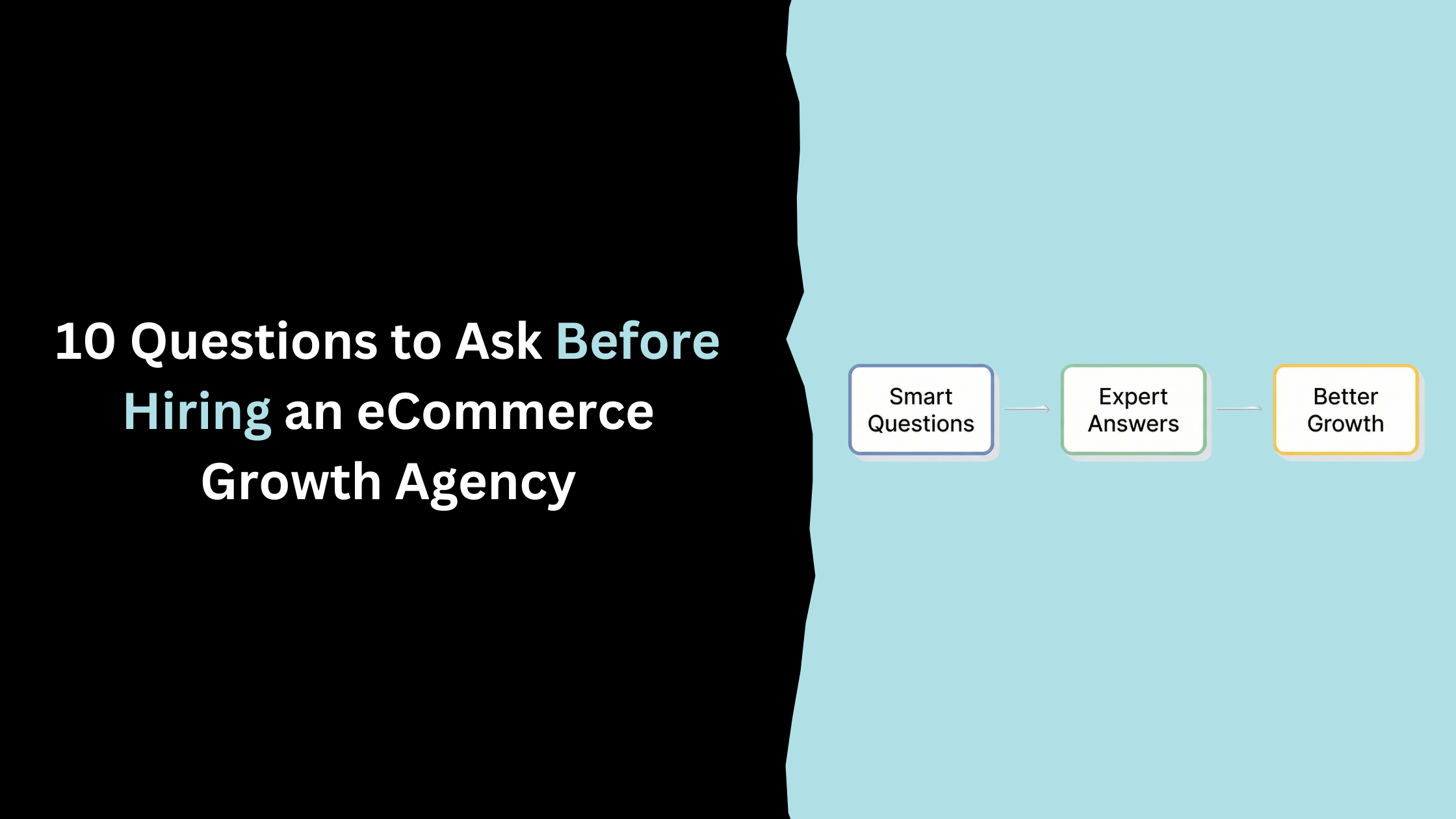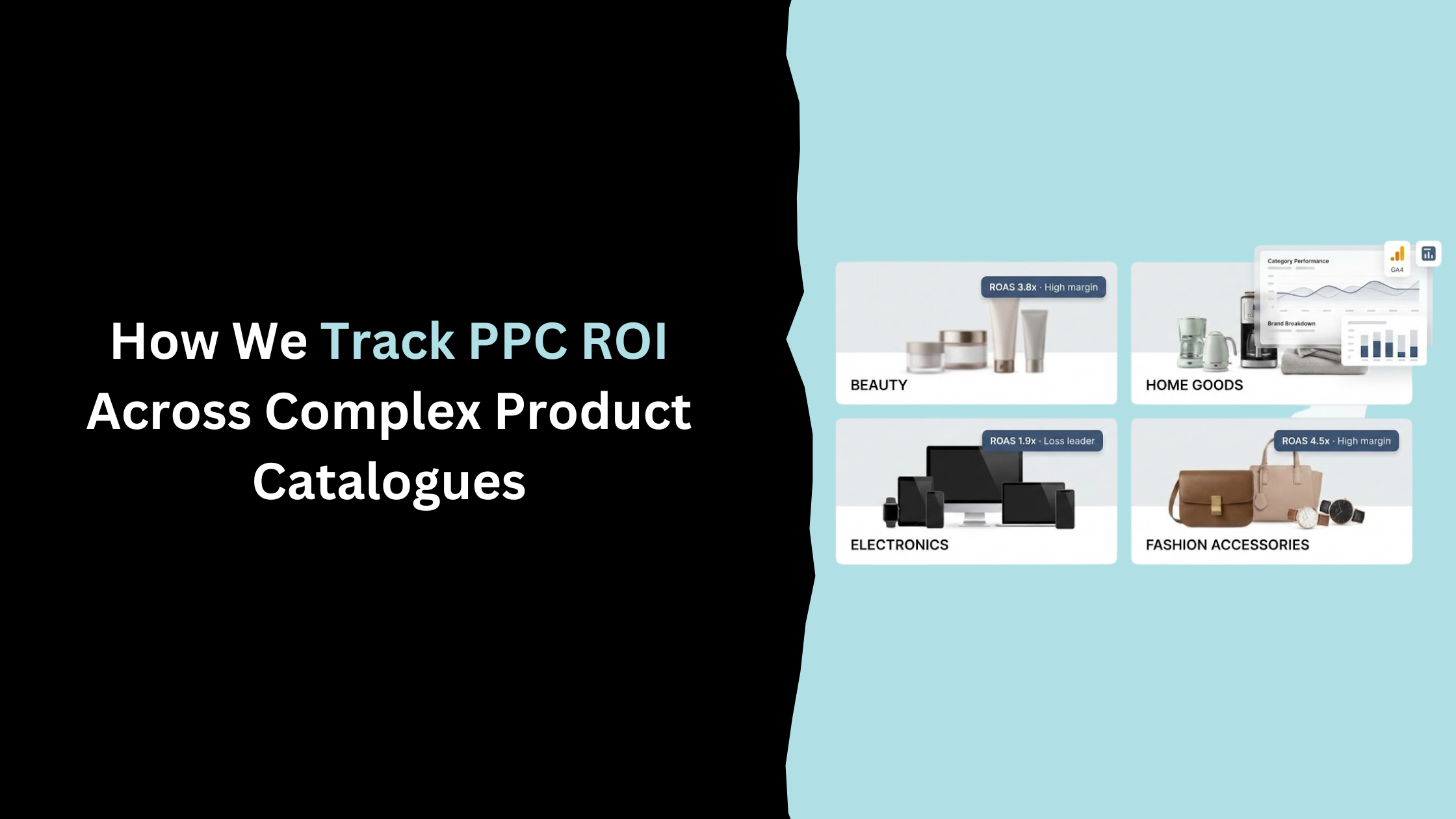Table of Contents
There’s 3 ways to grow an eCommerce business business:
- Drive in more targeted traffic (customer acquisition)
- Increase the frequency of purchase (customer retention)
- Getting customers to buy more when they shop (increase average order value)
In this article we’re going to cover number 3: increasing your eCommerce stores average order value (AOV).
Let’s face it, driving up average order value (AOV) is not a one-size fits all silver bullet – the fact is that not all sites need to increase average order value. For single product direct-to-consumer eCommerce sites, it is a tough call and your efforts might be better focused on ways of getting more referrals from happy customers or increasing their purchase frequency.
This article aims to provide practical tactics for online stores with multiple products to increase average order value by taking a funnel approach: i.e. increasing AOV from the homepage, category pages, product pages, and even the checkout, right before a transaction is made.
#1 Increasing Average Order Value on the Homepage
Set a Free Shipping Threshold
Academic research proves that the psychological power of ‘free’ is immense – research carried out by Dr. Dan Ariely of Duke University shows that people perceive the benefits of a freebie as higher than a cheaply priced identical product.
Another study by Professor David Bell at Wharton University goes on to show that shipping and handling costs triggered 52% of the abandonment of online shopping carts – this corroborates with research compiled by BI Intelligence (in June 2014) highlighting why so many U.S. shoppers abandon their carts. 58% of shoppers claimed that they abandoned their shopping carts because the total figure they had at checkout was more than they expected or could afford.
With the knowledge that people are drawn towards free shipping, find ways to place your free shipping offer with a price threshold on the home page and/or at a prominent position right across the site – like in the navigation area or header. Here are some examples:
Coffee roaster Rave Coffee, sets a £25 threshold and places the offer prominently on their sticky header bar. This is site-wide.

Drench also have their free delivery threshold as a sticky heading.

Homepage Offers & Deals with a Price Threshold
The home page provides an excellent platform to funnel in traffic to specific categories or products. The trick is to use a price threshold as a hook for offers you display to shoppers.
Very does a good job of nudging shoppers into buying items over £199 in their furniture section by offering a 20% discount. This is one of their home page offers.

Loyalty Programs
Loyalty programs are an incredibly effective yet under-utilised way of not just increasing average order value but purchase frequency. Not all stores stand to benefit from loyalty programs though. Take, for example, a store that sells wooden flooring; a typical customer could have the need to purchase once every 4-10 years from the store and so a loyalty reward program might not necessarily work (it may work on trade customers though).
TheVeganKind Supermarket keeps shoppers coming back with their “vegan rewards” program. You can then exchange these rewards points for money to shop in their store. They advertise this throughout their site and multiple times on the homepage.


#2 Increasing Average Order Value on Category Pages
As you would expect, category pages provide additional opportunities to influence shoppers to add more items to their baskets. Here are some ways:
Personalisation
Online stores with hundreds of products or more should consider adding personalisation into category pages. Dynamically generated personalisation solutions that ‘learn’ user behaviour patterns and tap into numerous data points in order to determine what offers to make in real-time to shoppers. They will not only look at products a shopper has viewed or clicked but also their device type, browser, location, order history and even gender. These metrics are then put together to provide a near complete picture of the shopper so that relevant content is displayed.
Site History
Another way personalisation can nudge shoppers to adding more items to their baskets is by displaying the ‘Products you recently viewed’ or ‘recently viewed’ browsing history on category pages. This comes in handy if a shopper is indecisive and needs reminding of a product.
Amazon does a really good job of this and shows it on the homepage.

Display Best Sellers, Trending Products and/or Recommended Products
Featuring products above the fold in category pages brings them right in front of shoppers.
Featured products that are generated on the basis of their popularity by views or sales will more likely be spontaneously added to shopping baskets.
Product Bundling
Photography retailers probably execute product bundling best in the digital world of online retail. We are also all too familiar with how fast food restaurants offer ‘extra value meals’ that are more or less product bundles of fries, burgers, and a drink. Video game stores sell consoles that come bundled with games to encourage larger purchases that are more expensive than the consoles sold on their own.
Products that typically have accessories are the best candidates for bundling. According to a Harvard Business Review article, packaged or bundled deals give sellers an advantage from a profitability standpoint.
CameraWorld display their bundles at the top of their category pages, making sure they are the first thing people see and also emphasise the savings that are made when buying a bundle.

Dangle a Freebie or Offer
‘Free’ is an incredibly magnetic and powerful word in marketing copy and, as I alluded to earlier, academic research goes on to prove that people generally get more utility from free products compared to identically priced items.
Here are a few ways to use ‘free’ in your category and product pages, in a bid to increase the average order value in your store:
- Buy one get one free (BOGO) or buy one get one half price
- A conditional free accessory if you buy the main product
- Free trial (typically for services or subscriptions)
Offering something free might just nudge shoppers to add more items to their baskets.
Holland & Barrett have “buy one, get one for a penny” deals on certain items where you can purchase a full-priced item and get another one for 1p. They have this displayed throughout their site (including category pages).

Price Anchoring
Anchoring is a cognitive bias that describes the common human tendency to rely too heavily on the first piece of information offered (the “anchor”) when making decisions. In the context of eCommerce, the initial prices shoppers are presented with impact how they perceive other prices.
Notice how Apple puts a £699 Apple Watch between the two £399 watches? The £399 price tag all of a sudden seems affordable in comparison to £699. Shoppers are likely to be more comfortable selecting the £399 watch. The takeaway here is to put highly priced items side-by-side with lower and mid priced items in your category pages.

#3 Increasing Average Order Value on Product Pages
Product pages offer ample opportunity for making an upsell or cross-sell as they are one step away from checkout and are the perfect avenue to provide either viable alternatives or complementary add-ons. Here are ways to drive up your average order value on product pages.
Cross-Sells
Cross-selling is a way of suggesting and selling complimentary add-on products in a bid to drive customers to spend more money than they originally thought they’d spend. Let’s have a look at some examples:
When you look at a product on Amazon, there is a section that shows you other items that are frequently bought together with what you’re currently looking at.

Upsells
Upselling is a way of providing purchase upgrades that offer more volume, better features or better specifications at a higher price. They are ‘the more expensive alternative’ to the product in view, with an intention of maximising the value of a customer purchase. With an upsell, your objective is to get the customer to spend more money than they originally thought they’d spend. Product pages make the best avenue to make upsells. Let’s have a look at some examples:
When you go to buy a Nest thermostat, you are encouraged to buy multiple at a significant discount.

You are then encouraged to buy accessories like the Nest smoke alarm, which is also discounted.

Offer Finance Options
This is especially useful for expensive items as a high price might be the key barrier to a purchase. Offering an alternative means of purchase in addition to standard ones will likely drive up average order value and encourage more purchases. Here’s a couple of examples of this in action:
Bucherer offers 0% finance for up to 48 months on luxury watches on their eCommerce store. This means that people who can afford monthly payments but don’t want to spend a significant chunk of cash all at once can finance the watch of their dreams.

Online appliance retailer, AO, offers 3 different ways of financing items from them.

#4 Increasing Average Order Value at Checkout
Think about the last time you shopped at a supermarket (or any physical store) and how many items the store managed to display in the checkout area as you waited to pay. Their product placement at checkout is deliberate; because a percentage of shoppers are guaranteed to spontaneously buy these items.
In online retail, the experience is not too different. The core edge online retailers have over bricks and mortar stores is personalisation; their ability to offer highly tailored product recommendations at checkout based on various data they have about a shopper.
Checkout remains the most effective avenue in the sales funnel for making product recommendations with the highest conversions.
Here are some ways to improve your checkout page and make it a step that will increase average order value:
Cross-Selling and Upselling at Checkout
Here are a few checkout pages that demonstrate how to cross-sell and upsell just before shoppers make payment:
LARQ encourages you to add a limited edition protective sleeve just before you purchase. This makes total sense to purchasers because they want to protect their £95 water bottle.

Allbirds give you the option to add a pair of breathable socks to your purchase when you buy a pair of trainers from them.

Most of these tips to increase your average order value are pretty simple to implement. Most of the popular eCommerce platforms have built-in modules for these features. All it takes is a few minutes of work and you can reap the benefits of higher average order values and higher revenues forever! Instead of throwing more money at advertising, take a couple of hours to implement these tips and watch your top line grow.
Get in touch today
complete the form below for an informal chat about your business








